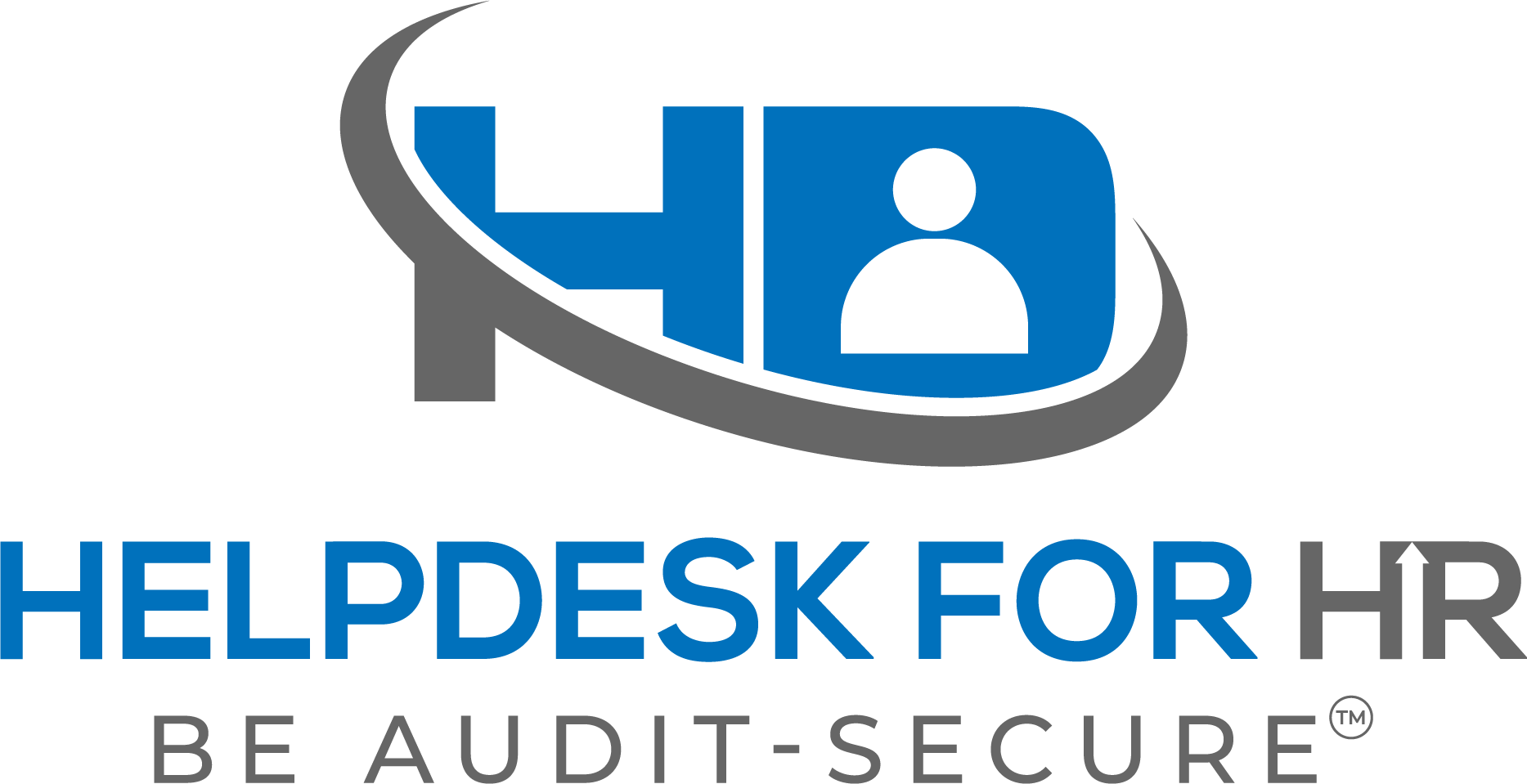Hey HR family!
Welcome to my 10-part series called Hiring Strategies. Over the next ten installments, we will discuss the following topics:
- “Defining the Perfect Position: The First Step in Successful Hiring” Focuses on job analysis, task analysis, and needs analysis.
- “Developing a Winning Hiring Strategy for Your Company” Covers company information, salary ranges, and emergency hiring plans.
- “Attracting Top Talent: Effective Strategies for Luring Great Candidates” Discusses advertising, corporate citizenship, and treating candidates well.
- “The Art of Filtering Applicants: Finding the Diamonds in the Rough” Covers resume grading, cover letter importance, and initial phone interviews.
- “Mastering the Interview Process: Part 1 – Setting the Stage” Focuses on interview introductions, panel interviews, and matching interviews to jobs.
- “Mastering the Interview Process: Part 2 – Asking the Right Questions” Covers types of questions, handling distractions, and multiple interviews.
- “The Selection Process: Balancing Skills, Experience, and Personality” Discusses testing, background checks, and the importance of passion and enthusiasm.
- “Making the Offer: Sealing the Deal with Your Ideal Candidate” Covers timely offers, employment details, and creative negotiation.
- “Onboarding Success: Turning New Hires into Valuable Team Members” Discusses training, mentoring, and 30-60-90 day reviews.
- “Building a Strong Team: Lessons from Industry Leaders on Hiring and Retention” A wrap-up using quotes and insights from thought leaders in this space.
So, let’s get started with Defining the Perfect Position: The First Step in Successful Hiring.
In today’s competitive job market, finding the right candidate for an open position can be a daunting task. However, the key to successful hiring often lies in the preparation before you even start looking for candidates. Let’s dive into the crucial first step: defining the perfect position.
Know the Role
Before you can hire someone, you need to have a clear understanding of what the job entails. This means going beyond just a job title and really digging into the specifics of the role. Consider these questions:
- What does this position require?
- What kind of skills will be needed?
- How did the previous employee handle the position?
- Is this a new position?
If you’re filling an existing role, take time to analyze how the previous employee performed. Their successes and challenges can provide valuable insights into what you should be looking for in a new hire.
Needs Analysis
A needs analysis is a critical step in defining your perfect position. This process involves reviewing your company’s organizational needs and determining if there are any gaps or overfilled areas. Ask yourself:
- Does this job fulfill a specific need for the organization?
- What key responsibilities need to be included in the job description?
- Can this role be filled by altering an existing position, or do we need to hire externally?
Job Analysis
A job analysis is a detailed process used to collect information about the duties, responsibilities, necessary skills, outcomes, and work environment of a particular job. This information is crucial for creating an accurate and effective job description.
Key elements to consider include:
- Job title
- Required duties and tasks
- Necessary skills and qualifications
- Reporting structure
- Work environment
Task Analysis
While a job analysis looks at the overall position, a task analysis breaks down how specific tasks within that job are completed.
This can include:
- Basic task activities
- Processes and materials needed
- Task length and difficulty
- Energy or unique characteristics required
To conduct an effective task analysis, work closely with current employees in similar positions or research comparable roles in other companies if it’s a new position.
By taking the time to thoroughly define the position you’re hiring for, you set the stage for a more effective hiring process. You’ll be better equipped to attract the right candidates, ask the right questions during interviews, and ultimately make a hiring decision that benefits both the new employee and your organization.
Remember, time spent on defining the perfect position is an investment in your company’s future success. So before you start reviewing resumes, make sure you know exactly what – and who – you’re looking for.
Join me next week for Part 2: Developing a Winning Hiring Strategy for Your Company.
Be Audit-Secure!
Lisa Smith, SPHR, SCP
Log in or Register to save this content for later.
